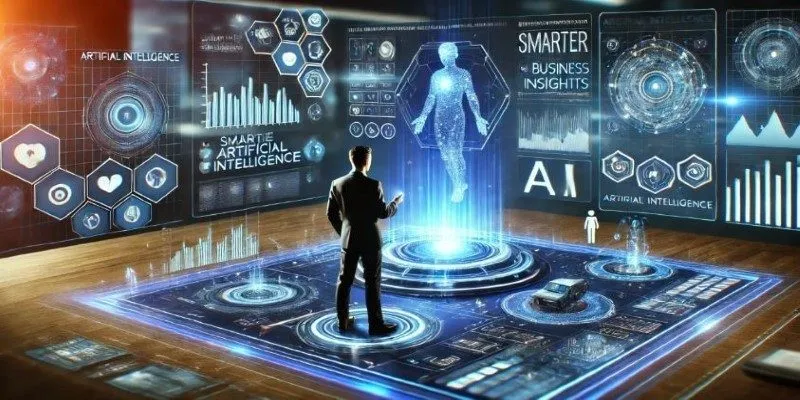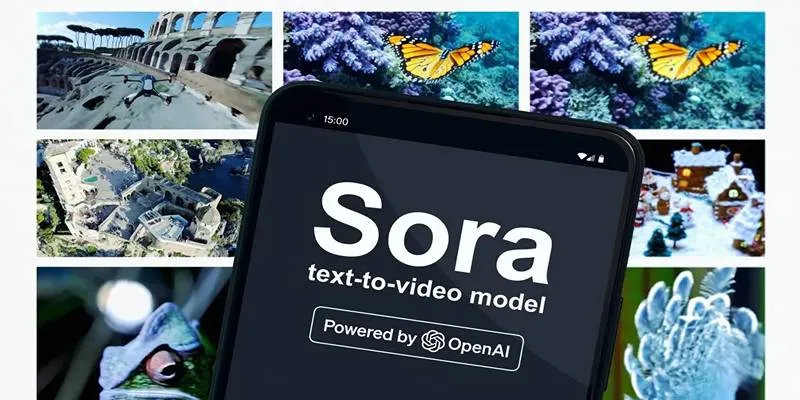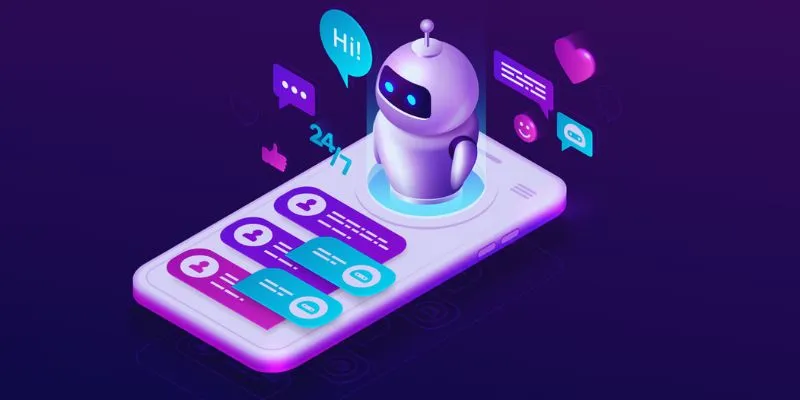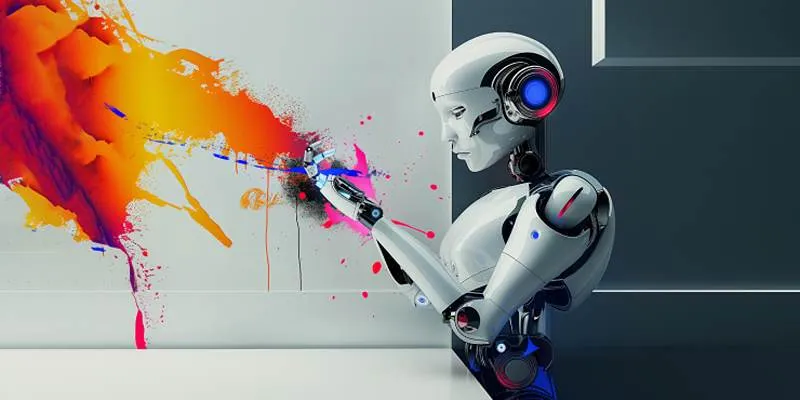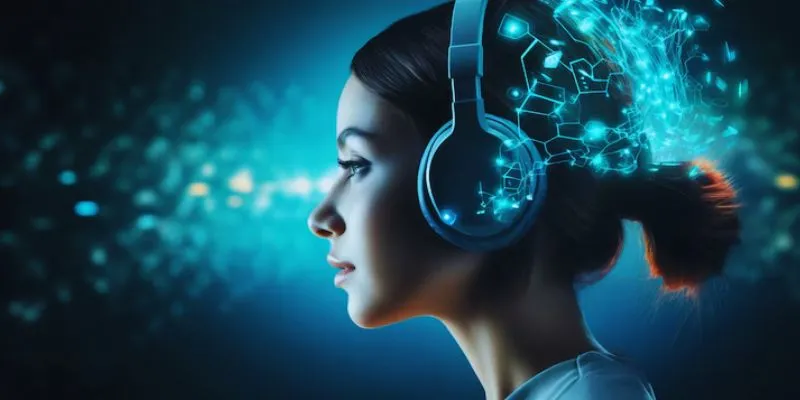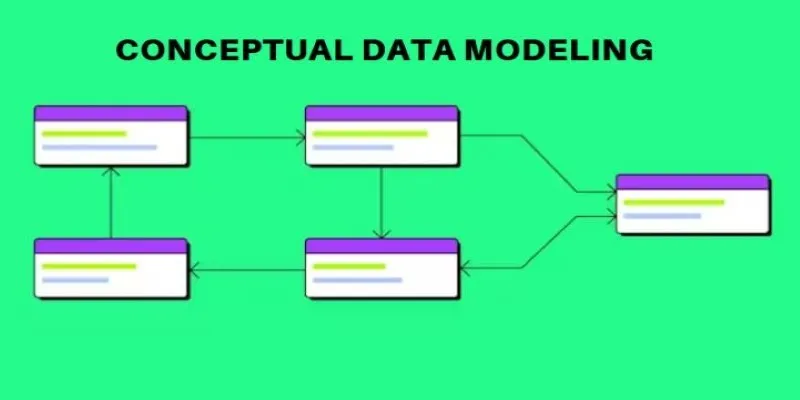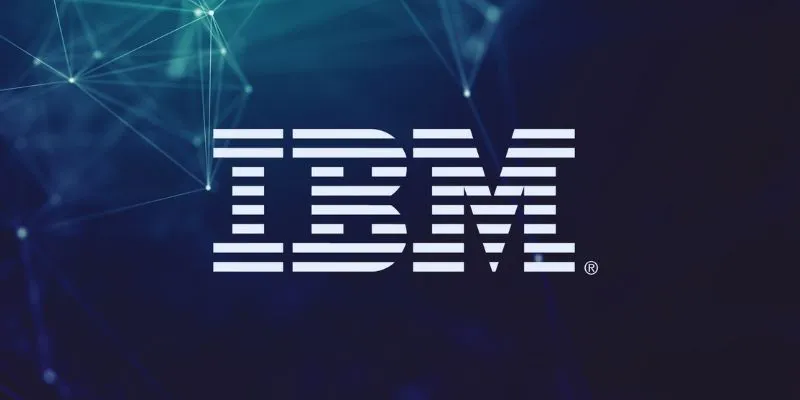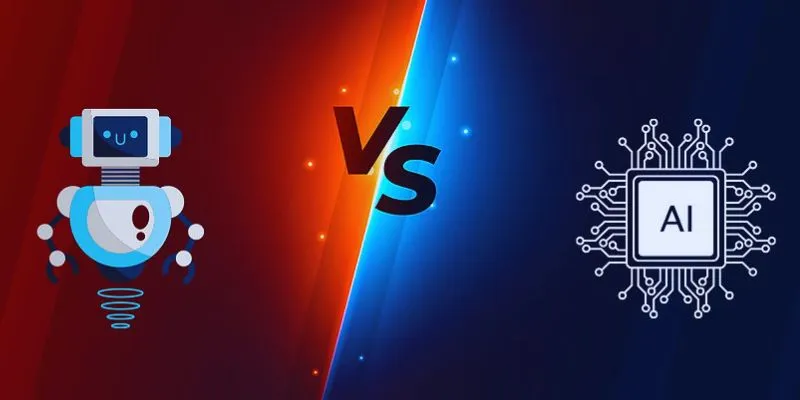Demand generation has evolved beyond merely acquiring leads—it’s now about crafting a story that truly resonates with your audience. In today’s digital landscape, flooded with information, standing out requires something unique: engaging visuals that connect directly with your audience. This is where generative AI comes into play. By enhancing visual storytelling, generative AI provides marketers with innovative ways to create content that is fresh, tailored, and emotionally engaging. From generating hyper-personalized images to producing visual narratives at scale, AI-driven demand generation is transforming how brands engage with prospects.
This article explores how leveraging generative AI can elevate your visual storytelling strategy, highlighting its functionalities, benefits, and real- world applications in demand generation campaigns.
Generative AI: The Engine of Creative Storytelling
Generative AI utilizes machine learning algorithms to create new content, such as images, videos, or graphics, without requiring manual input at every stage. Once a model is trained on a comprehensive dataset, it can autonomously generate fresh visuals based on specific brand guidelines or campaign themes. This is particularly useful when demand generation necessitates consistent, compelling content for nurturing prospects across various touchpoints.
For instance, if your marketing team needs graphics for multiple buyer personas across different stages of the funnel, manual design could take weeks. Generative AI can swiftly produce a diverse array of high-quality images in just minutes. Beyond saving time, AI-generated content evolves swiftly with changing trends, ensuring that your campaign remains fresh and relevant.
Enhancing Visual Storytelling with AI: How It Works
Generative AI empowers marketers to create even more immersive and personalized visual storytelling. The process begins with data analysis. By examining customer behavior, preferences, and interaction histories, generative AI can identify which visuals may resonate with specific target audience segments. Once this data is processed, AI models generate specially designed visual assets aligned with your campaign’s objectives.

One remarkable feature of generative AI in visual storytelling is its ability to produce dynamic content. Unlike static visuals that remain unchanged for all viewers, dynamic visuals adapt based on the viewer’s profile. For example, an AI-driven campaign could generate different ad images based on the audience’s geographic location, interests, or purchase history. This level of personalization can significantly boost engagement rates, leading to higher conversions and enhanced ROI.
Moreover, generative AI can integrate interactive elements into visual storytelling. By incorporating features like augmented reality (AR) or motion graphics, marketers can transform passive experiences into active ones, drawing audiences deeper into the narrative and fostering meaningful engagement.
Why is Generative AI a Game-Changer in Demand Generation?
Integrating generative AI into demand generation delivers numerous benefits. Foremost is scalability. Traditional content creation methods often struggle to meet the increasing demand for fresh visuals in marketing. Generative AI addresses this challenge by enabling marketers to rapidly and efficiently produce a virtually unlimited number of creative assets. Whether for email campaigns, social media ads, or landing pages, AI ensures your brand never runs out of engaging visuals.
An additional advantage is cost efficiency. Although the initial investment in AI tools and training may be substantial, long-term savings can be significant. With AI handling most of the content creation, companies can reduce their reliance on large design teams, reallocating resources towards strategy and innovation.
Generative AI also ensures consistency in demand generation campaigns. Maintaining a cohesive brand identity across multiple channels can be challenging, especially with large volumes of content. AI-generated visuals can be programmed to strictly adhere to brand guidelines, ensuring uniformity in style, color, and tone. This consistency not only strengthens brand recognition but also fosters trust with your audience.
Finally, generative AI allows marketers to experiment more freely. Since generating new visuals is faster and cheaper than before, teams can test various creative approaches without resource constraints. This encourages a culture of innovation, where bold ideas are explored and refined until the most effective solutions are discovered.
Overcoming Challenges in AI-Driven Visual Storytelling
While generative AI is revolutionizing visual storytelling, marketers must address certain challenges. A significant obstacle is the learning curve associated with adopting AI tools. Traditional marketing teams may find the transition from manual design methods to AI-driven workflows daunting. Fortunately, many AI platforms are becoming more user-friendly, with interfaces that simplify the process.
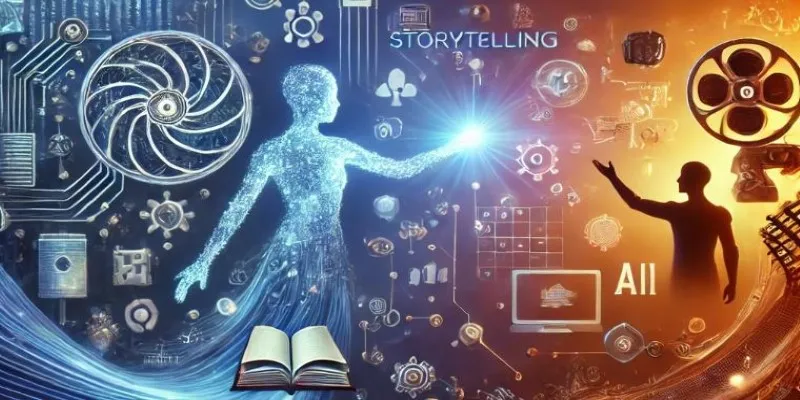
Another challenge is maintaining the quality and relevance of AI-generated visuals. Although AI can produce a large volume of content rapidly, human oversight is crucial to ensure that the output aligns with brand guidelines and effectively communicates the intended message. Without this human element, there’s a risk of inconsistent or off-brand visuals.
Additionally, ethical concerns surrounding AI-generated content must be addressed. Transparency is vital—audiences should be aware when AI is employed to create content. This openness helps build trust and ensures that brands maintain authenticity in their storytelling efforts.
By thoughtfully addressing these challenges, marketers can balance automation and creativity. With human guidance and ethical practices, generative AI can become an indispensable tool for demand generation, delivering personalized, high-quality visuals that captivate and convert audiences.
Conclusion
Generative AI is revolutionizing visual storytelling in demand generation by enabling faster, more personalized, and engaging content creation. It offers scalability, cost-efficiency, and creative flexibility, making it an invaluable tool for marketers. While challenges like learning curves and ethical concerns exist, they can be addressed with the right strategy and oversight. By blending AI-driven efficiency with human creativity, marketers can craft compelling narratives that resonate deeply with audiences, ultimately enhancing engagement and driving stronger demand generation outcomes.
 zfn9
zfn9




